 First Hotze House
First Hotze House
Time Period: Early Twentieth Century (1901 - 1940)
 First Hotze House
First Hotze House
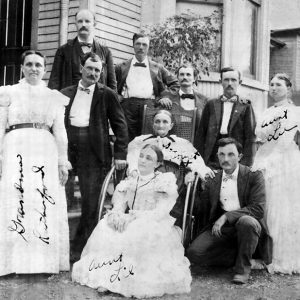 Houpt Family
Houpt Family
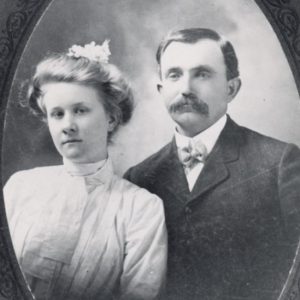 Mr. and Mrs. Houpt
Mr. and Mrs. Houpt
 Houpts
Houpts
House at 712 North Mill Street
 House Committee on Education
House Committee on Education
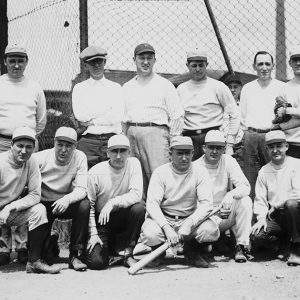 House of Representatives Baseball Team
House of Representatives Baseball Team
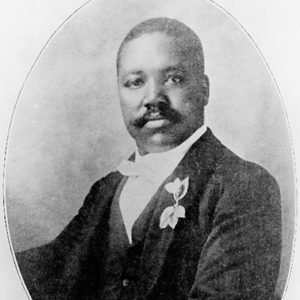 N. B. Houser
N. B. Houser
Houser, Napoleon Bonaparte
Housley v. State
 How Come Christmas
How Come Christmas
Howard County Courthouse
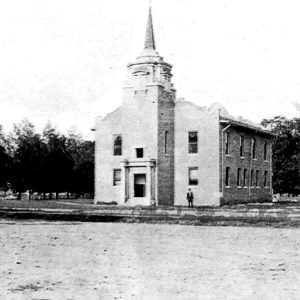 Howard County Courthouse
Howard County Courthouse
 Howard County Courthouse
Howard County Courthouse
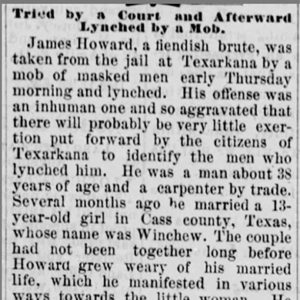 James Howard Lynching Article
James Howard Lynching Article
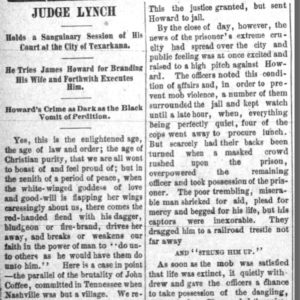 James Howard Lynching Article
James Howard Lynching Article
 Howell Company
Howell Company
 Howlin' Wolf Poster
Howlin' Wolf Poster
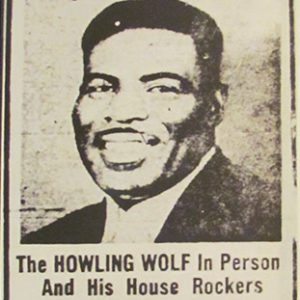 Howlin' Wolf Ad
Howlin' Wolf Ad
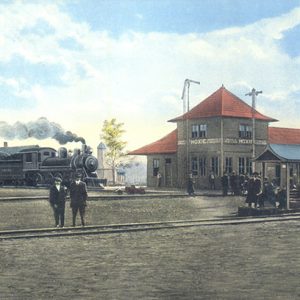 Hoxie Depot
Hoxie Depot
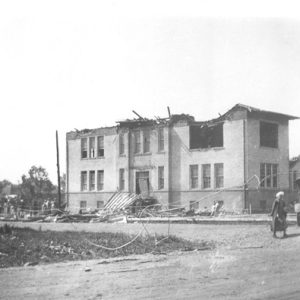 Hoxie Tornado, 1927
Hoxie Tornado, 1927
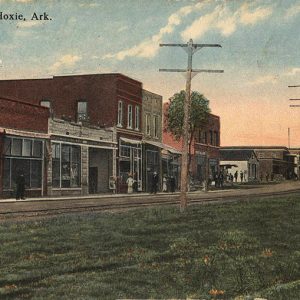 Hoxie Street Scene
Hoxie Street Scene
 Harry Hronas
Harry Hronas
Hubert and Ionia Furr House
 John Huddleston
John Huddleston
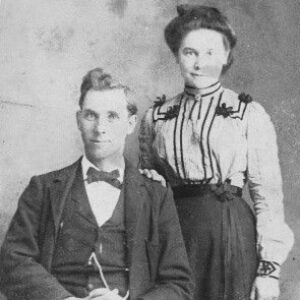 John and Cora Huddleston
John and Cora Huddleston
 John Huddleston and Sam Reyburn
John Huddleston and Sam Reyburn
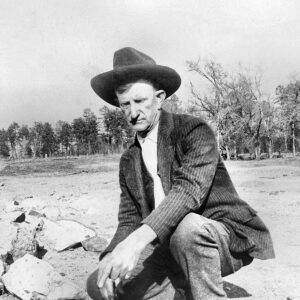 John W. Huddleston
John W. Huddleston
Huddleston, John Wesley
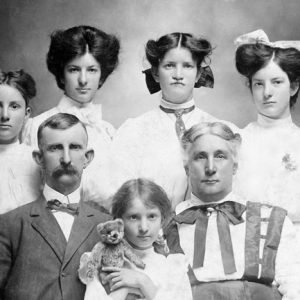 John Huddleston with Family
John Huddleston with Family
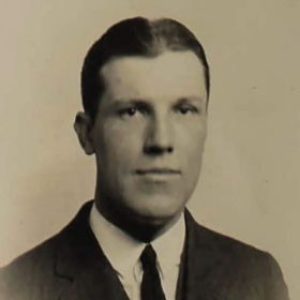 Joel Hudson
Joel Hudson
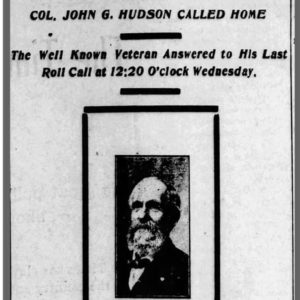 John G. Hudson Death Notice
John G. Hudson Death Notice
 Hughes Bros. Drugstore
Hughes Bros. Drugstore
 Hughes Flood
Hughes Flood
Hughes Hall (Arkansas Tech University)
aka: Rock Armory
Hughes Water Tower
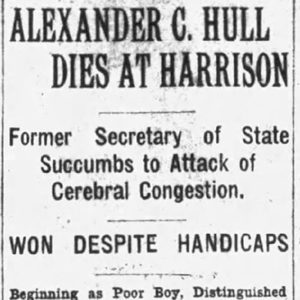 Alexander Hull Death Article
Alexander Hull Death Article
Human Dissection Monument
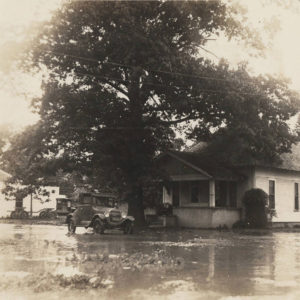 Humphrey Flood
Humphrey Flood
 Humphrey Flood
Humphrey Flood
Humphreys, Thomas Hadden
Humphreys’ Dairy Farm
 Hunt and Chambers
Hunt and Chambers
Hunt, Frances Rowena Mathews Jones
 Hunter Death Notice
Hunter Death Notice
 Hunter Sawmill
Hunter Sawmill
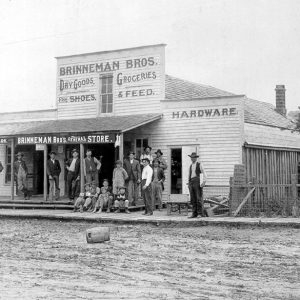 Hunter Store
Hunter Store
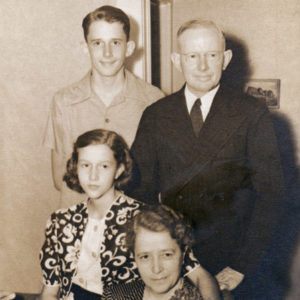 Joseph Hunter and Family
Joseph Hunter and Family
 Joseph Hunter
Joseph Hunter




